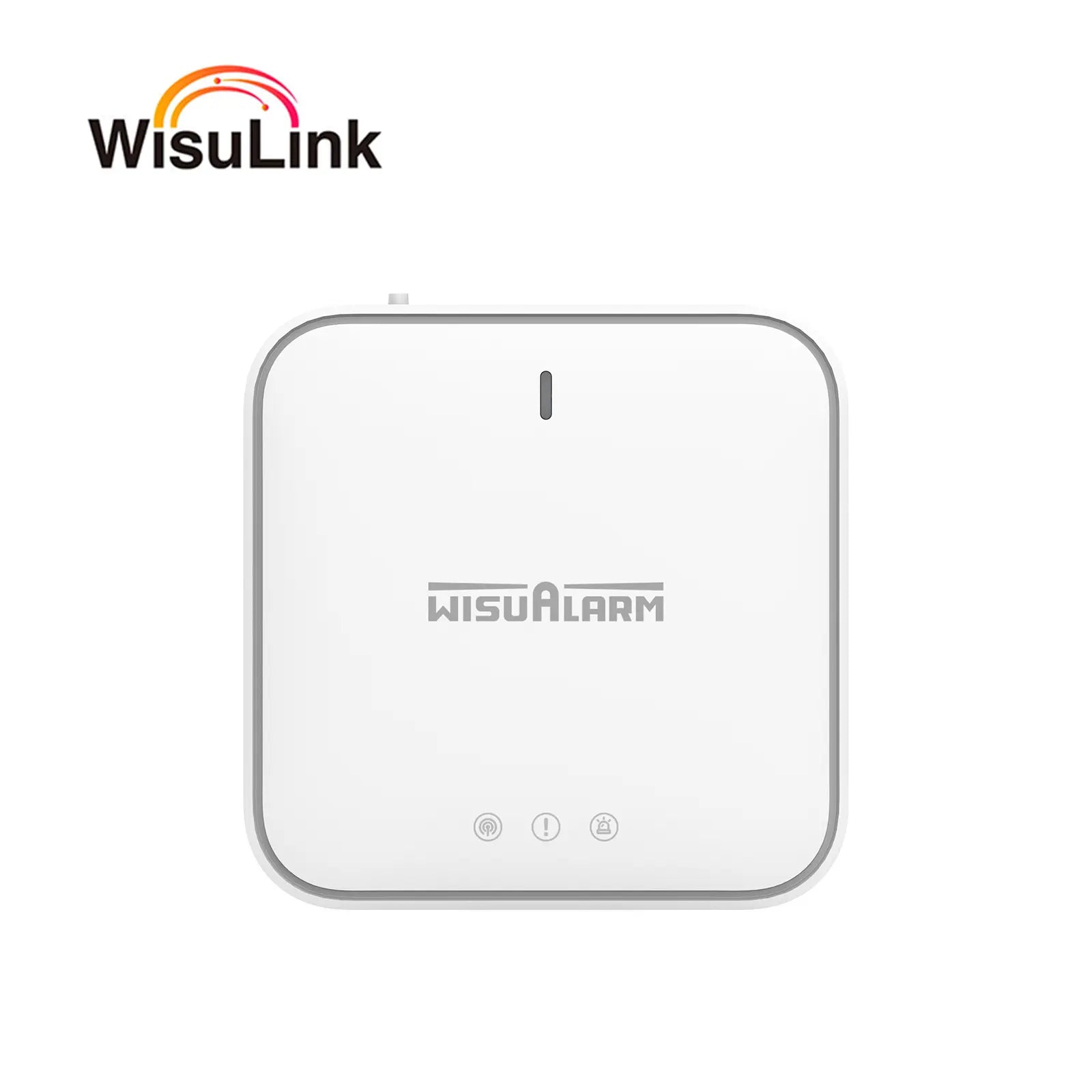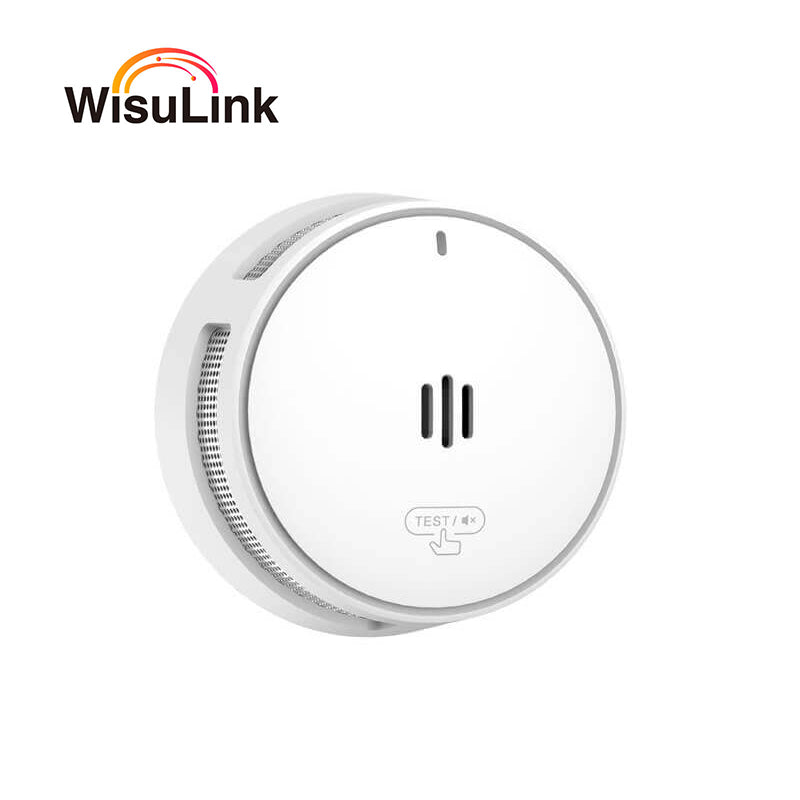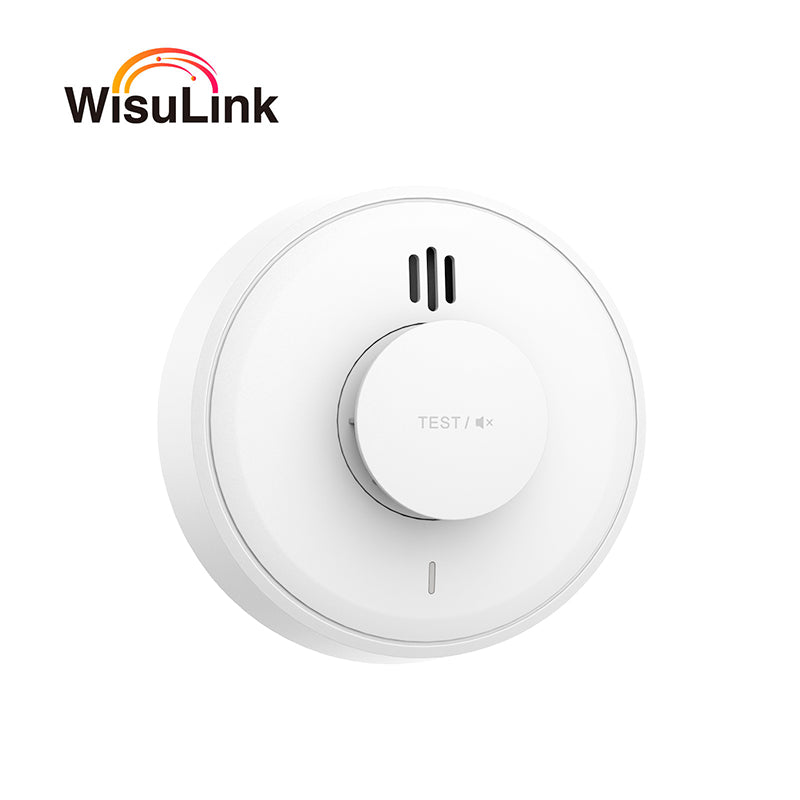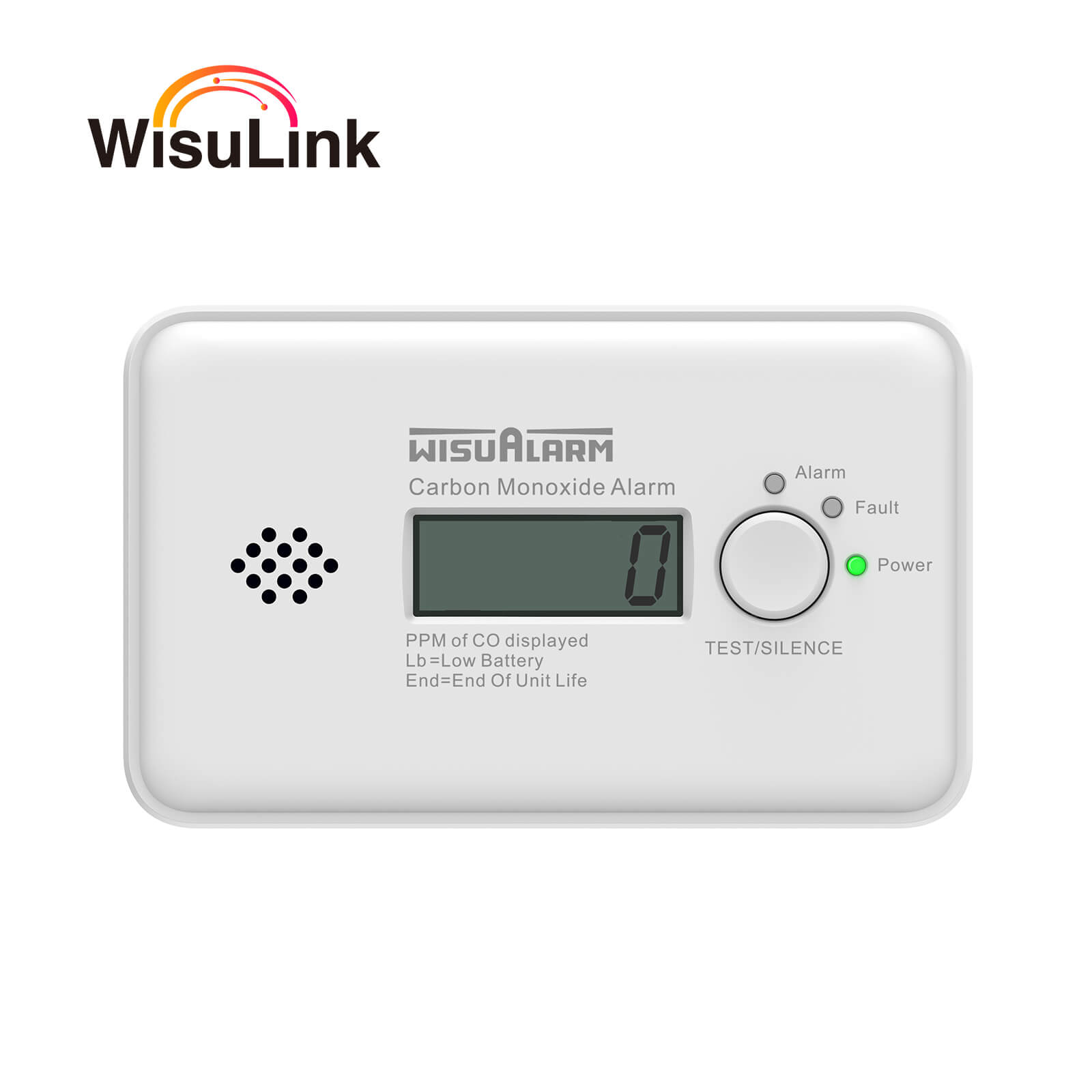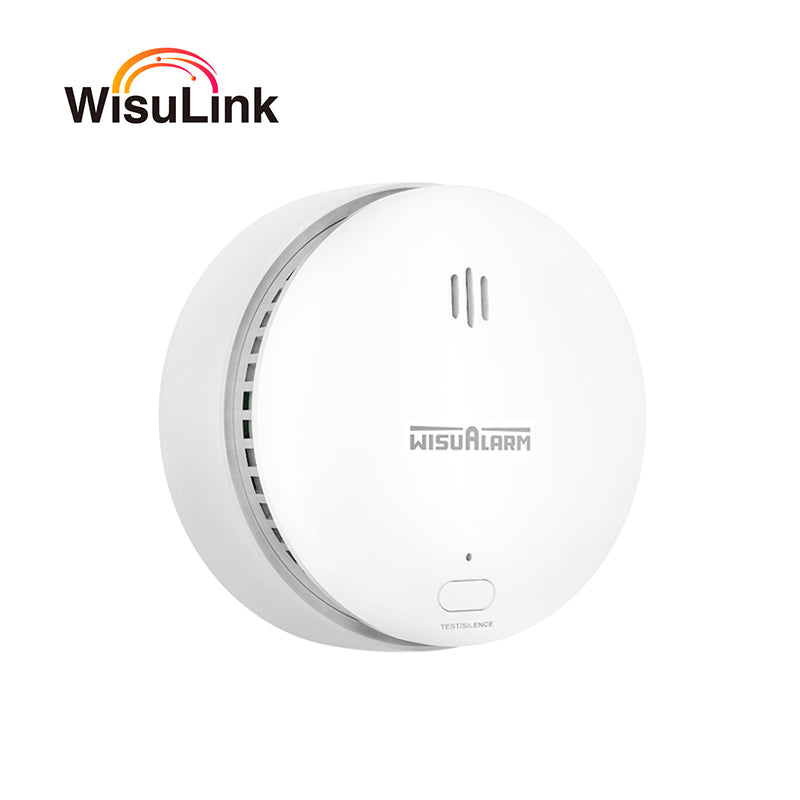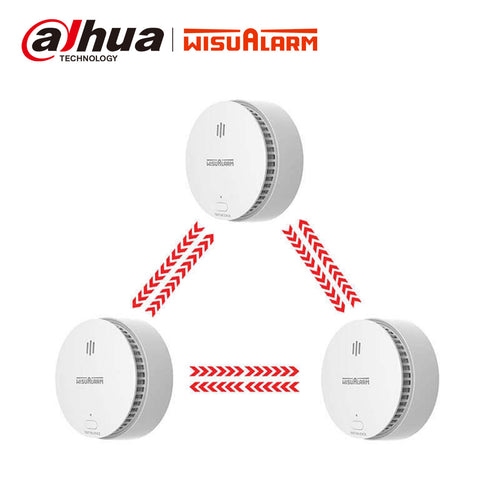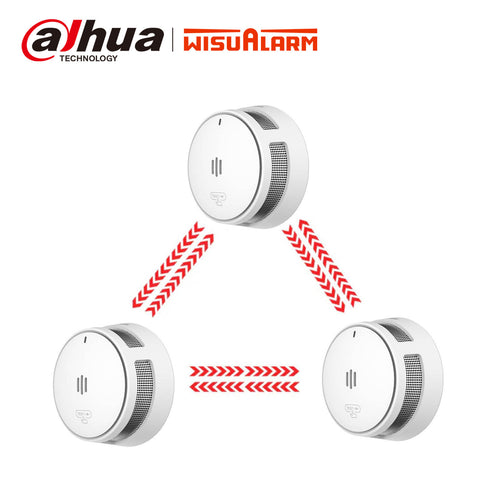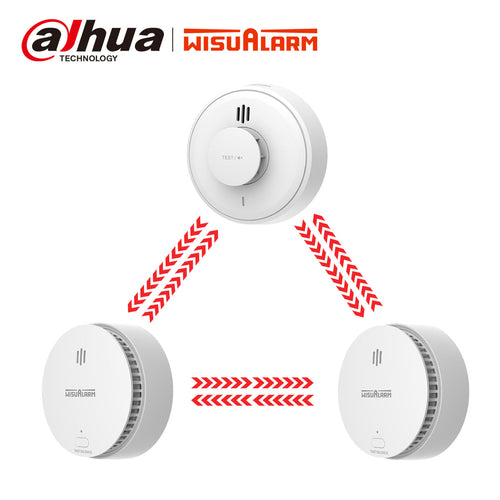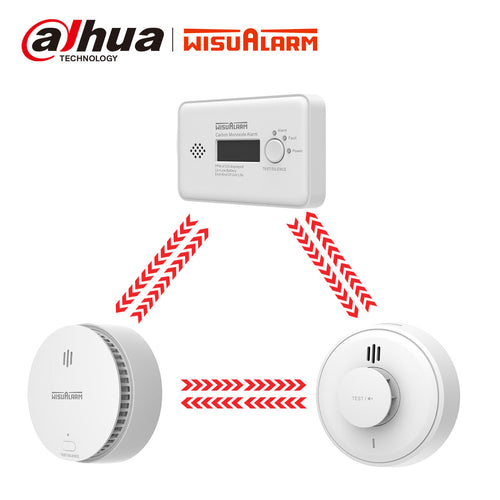Have you ever considered upgrading your home's smoke detectors to networked smoke detectors? If not, you may be missing out on some key benefits that could potentially save lives. Let's explore the advantages of having networked smoke detectors installed in your home.
Early Detection
One of the primary benefits of interlinked smoke alarms is early detection of smoke or fire. When one detector in the interlinked detects smoke, all the interconnected detectors will sound the alarm simultaneously. This early warning system can provide valuable time for you and your family to evacuate safely in the event of a fire.
Increased Safety
Networked smoke detectors offer increased safety by ensuring that every area of your home is covered. Traditional standalone smoke detectors may not be heard in all areas of a large home, but with networked detectors, the alarm will be heard throughout the entire house, alerting everyone to the potential danger.
Remote Monitoring
Some networked smoke detectors come with the option for remote monitoring. This means that you can receive alerts on your smartphone or other devices if the alarm is triggered while you are away from home. This feature provides added peace of mind and allows you to take action quickly in case of an emergency.
Interconnectivity
Networked smoke detectors can also be interconnected with other smart home devices, such as security systems or lighting controls. This integration allows for a more comprehensive approach to home safety and can enhance the overall security of your home.
How To Test Interlinked Smoke Alarms?
To test interlinked smoke alarms, follow these steps:
1. Alert everyone in the vicinity that you will be testing the alarms.
2. Press and hold the test button on one smoke alarm until it sounds.
3. Verify that all other interlinked smoke alarms also sound simultaneously.
4. If any alarms do not sound, check their connections and batteries.
5. Repeat the process for each smoke alarm in your system.
6. Ensure that each alarm's sound is loud and distinct.
7. If your alarms are interconnected via wires, ensure the wiring connections are secure.
8. Test the alarms regularly, ideally once a month, to ensure they are functioning correctly.
9. Replace batteries annually or according to the manufacturer's recommendations.
10. Consider replacing the entire smoke alarm unit every 10 years, as per safety guidelines.
Regular testing ensures your interconnected smoke alarms provide optimal safety for your home.
Overall, the benefits of networked smoke detectors are clear. From early detection to increased safety and remote monitoring capabilities, these devices offer a level of protection that traditional standalone detectors simply cannot match. Consider upgrading to networked smoke detectors to ensure the safety of your home and loved ones.






